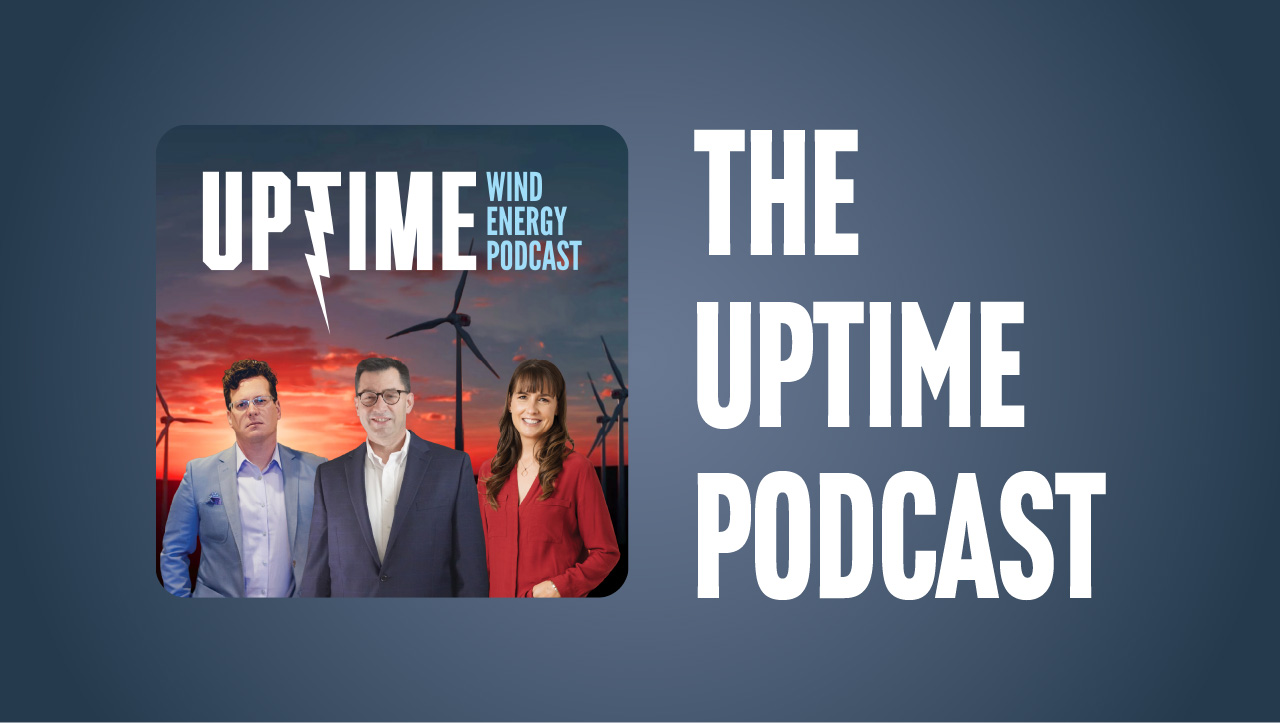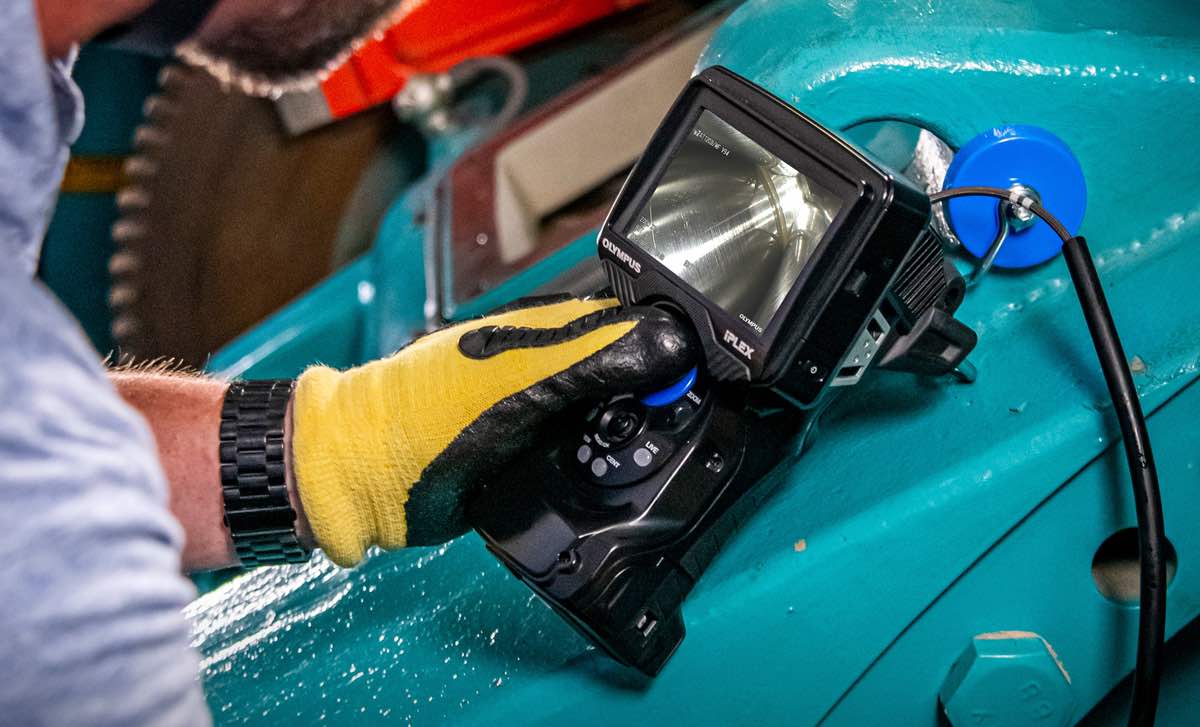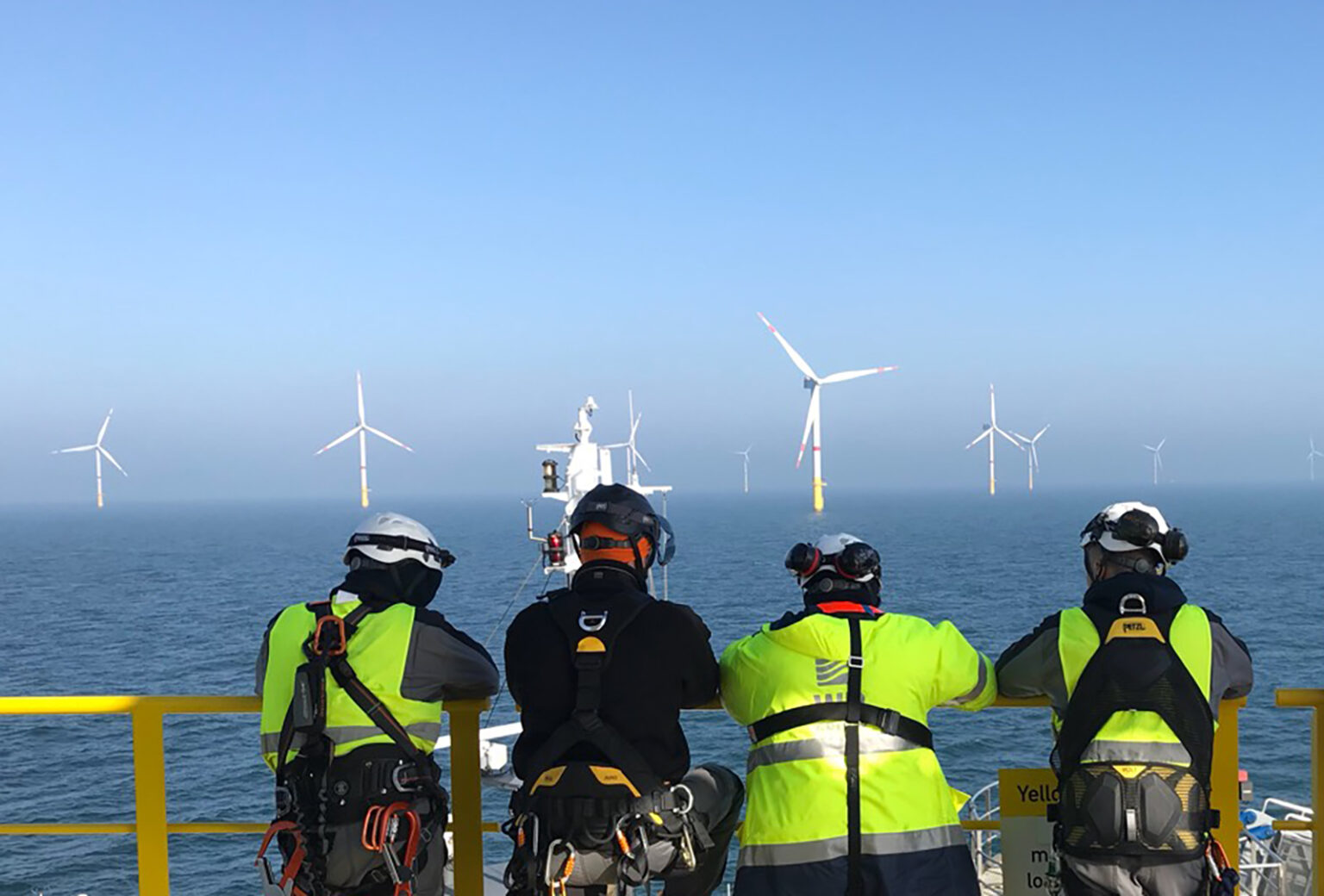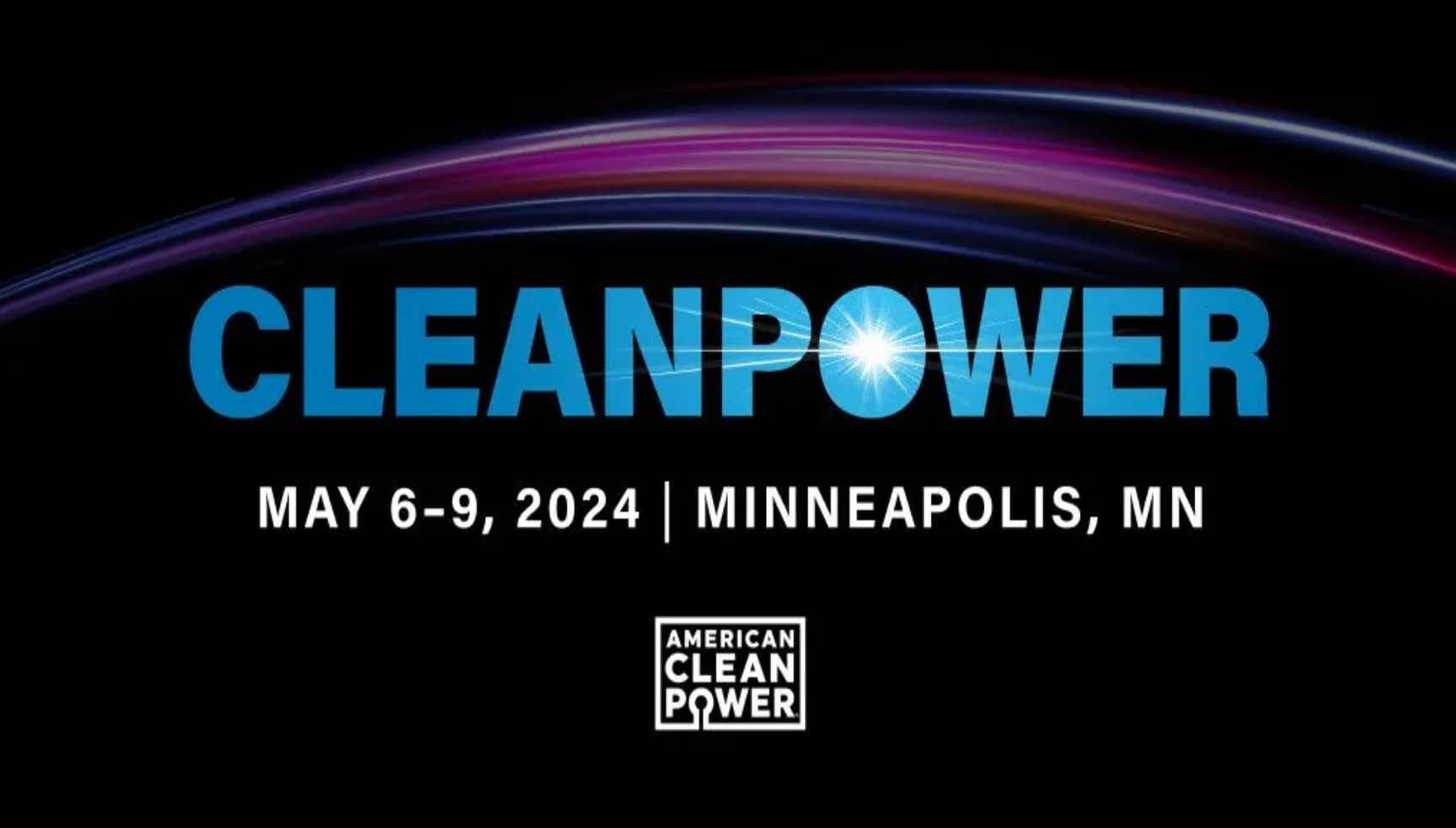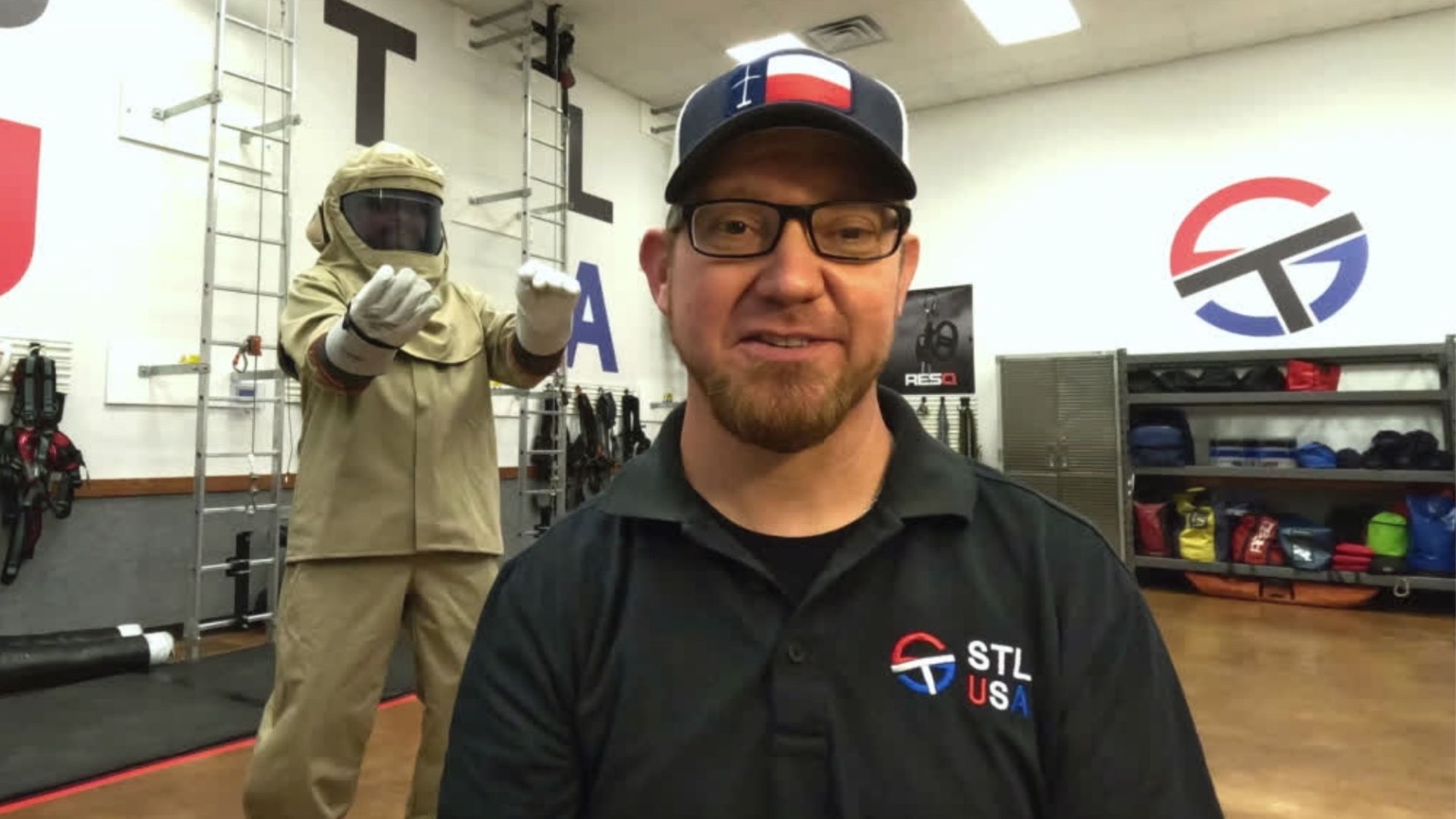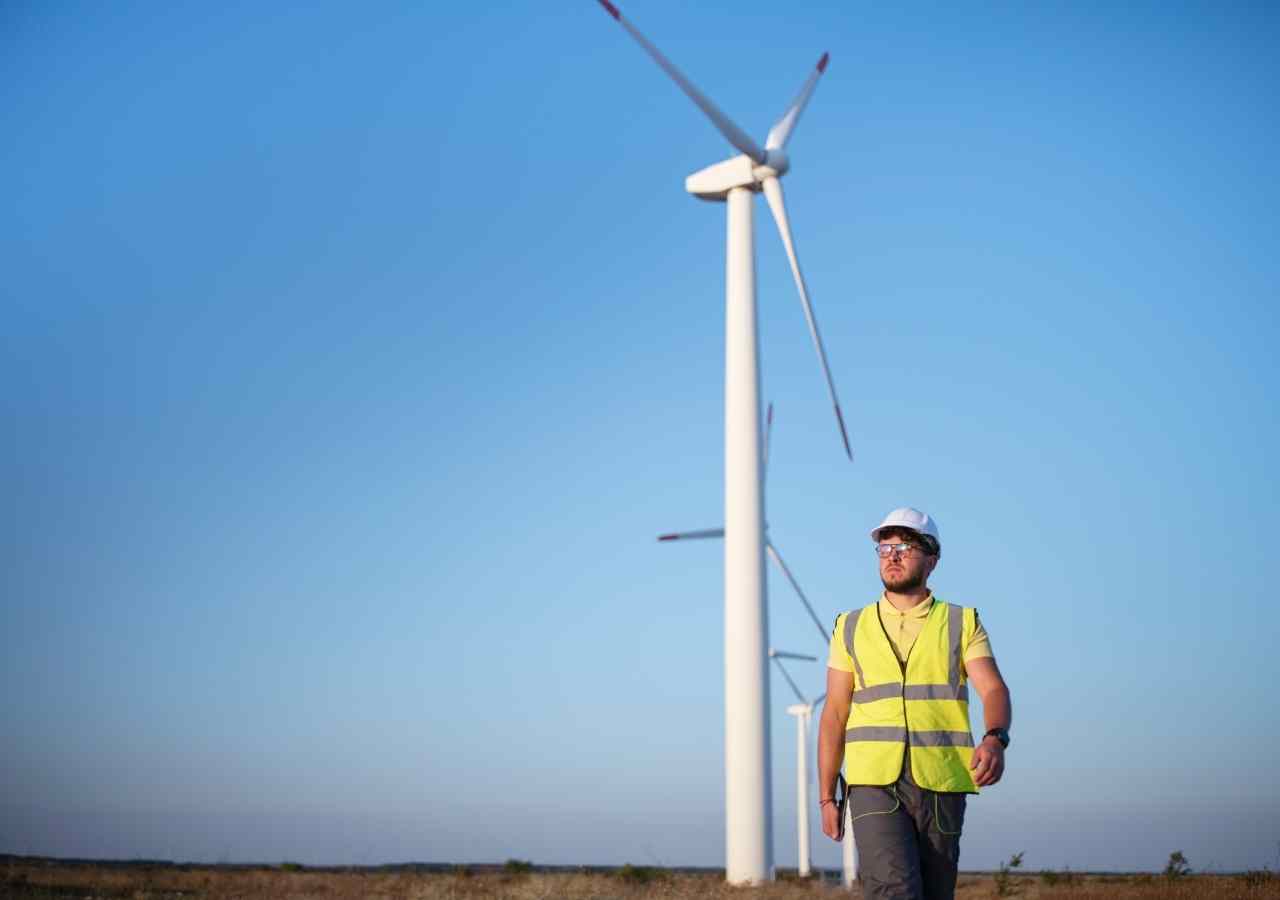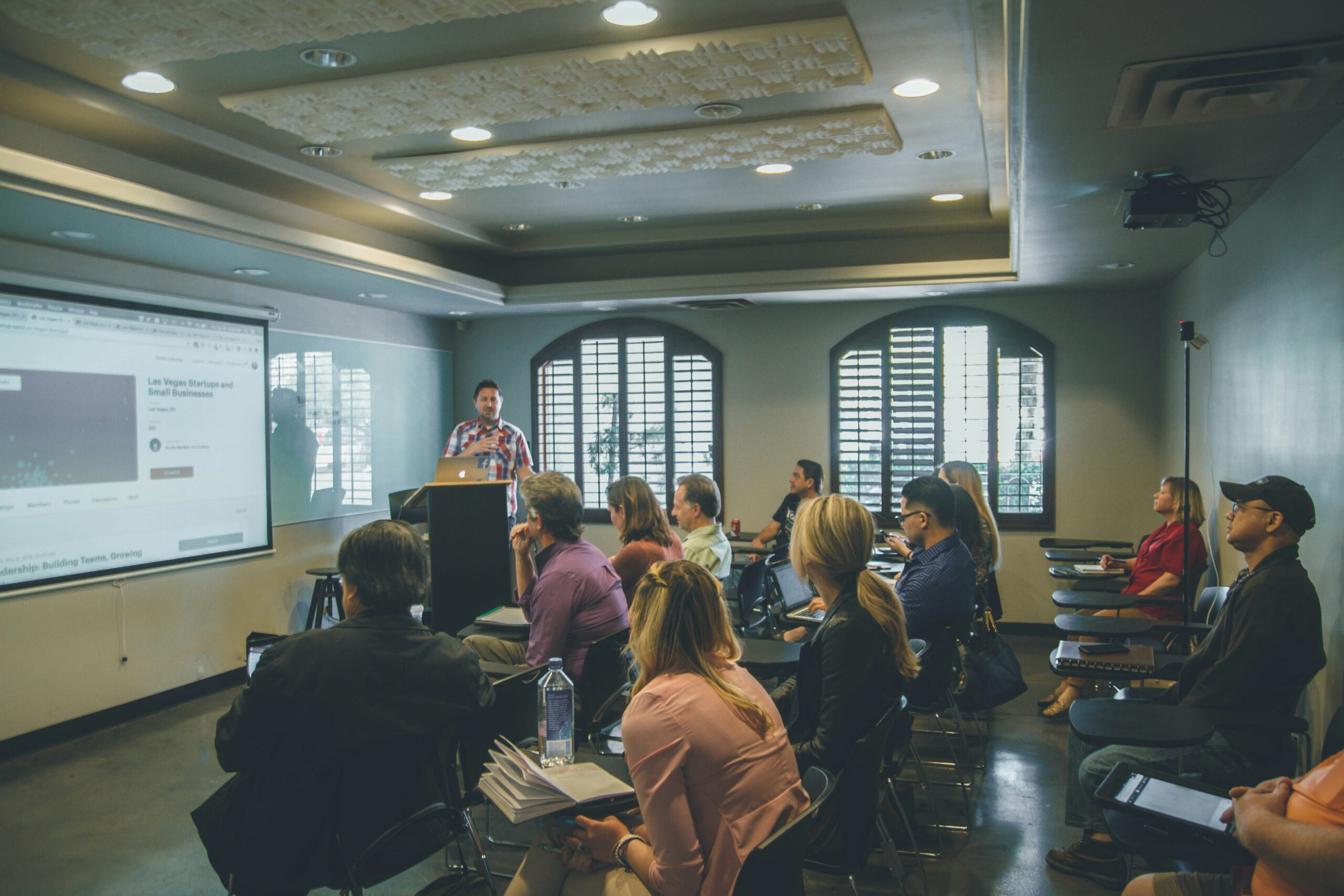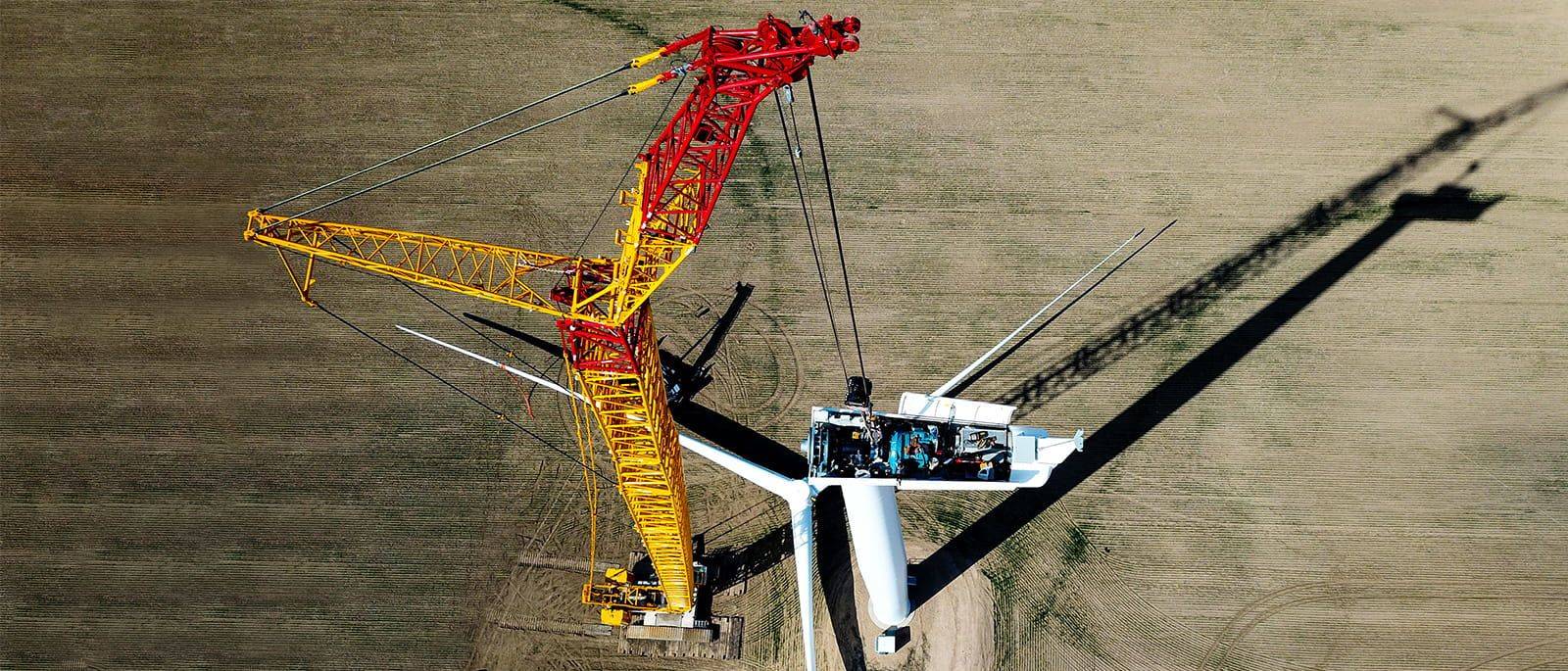The Cleanpower 2024 exhibition, held from May 13-16 at the Minneapolis Convention Center, was a remarkable convergence of industry leaders, innovators, policymakers, and sustainability enthusiasts. Organized by the American Clean Power Association, the event showcased the latest advancements in clean energy technology, providing a platform for networking, collaboration, and the exchange of groundbreaking ideas. This year’s exhibition underscored the significant strides being made in the clean energy sector and highlighted the crucial role of renewable energy in combating climate change and promoting sustainable development. Wind tech training specialist STL USA were delighted to attend, meet up with old friends and make new ones along the way.
Venue and Organization
The Minneapolis Convention Center proved to be an ideal venue for Cleanpower 2024. Its spacious halls and state-of-the-art facilities accommodated over 10,000 attendees and 450 exhibitors from across the globe. The organizers managed the event with precision, ensuring smooth registration processes, clear signage, and a well-coordinated schedule of presentations, workshops, and networking sessions. The layout of the exhibition hall facilitated easy navigation, allowing participants to engage with exhibitors and attend sessions without feeling overwhelmed.
Keynote Sessions and Panels
The keynote sessions set the tone for the exhibition, featuring influential speakers who provided insights into the current state and future prospects of the clean energy industry. Notable among the keynote speakers was Gina McCarthy, the former White House National Climate Advisor, who delivered an inspiring address on the urgent need for policy frameworks that support renewable energy adoption. Her speech emphasized the importance of collaboration between government and private sectors to achieve climate goals.
Another highlight was the panel discussion on “The Future of Renewable Energy,” which brought together industry giants like Vestas, Siemens Gamesa, and NextEra Energy. The panelists discussed the latest technological innovations, challenges in the supply chain, and the role of policy in accelerating renewable energy deployment. The discussion provided valuable perspectives on how the industry can navigate the complexities of transitioning to a sustainable energy future.
Exhibition Highlights
The exhibition floor was a hive of activity, with companies showcasing a diverse array of products and solutions. Wind, solar, and energy storage technologies dominated the displays, reflecting the broad spectrum of advancements within the sector. Vestas and GE Renewable Energy unveiled their latest wind turbine models, which promise increased efficiency and reduced costs. These innovations are set to play a critical role in expanding the adoption of wind energy globally.
Solar technology also made significant waves at the exhibition. SunPower and First Solar showcased their high-efficiency photovoltaic panels designed for both residential and commercial applications. These panels incorporate cutting-edge materials and designs to maximize energy capture and durability, highlighting the ongoing evolution of solar technology.
Energy storage, a pivotal component of the renewable energy puzzle, was another major focus. Tesla and Fluence presented their latest battery storage solutions, emphasizing scalability and efficiency. The ability to store and manage energy effectively is crucial for addressing the intermittency of renewable sources, and these advancements are crucial for the broader adoption of clean energy.
Workforce Growth
Cleanpower 2024 also served to highlight one of the biggest challenges faced in wind and the wider renewable sector. We all know the wind energy sector is rapidly growing, driven by increasing demand for renewable energy and supportive government policies. This expansion requires a corresponding growth in the workforce to design, build, operate, and maintain new wind farms. Without a robust influx of new workers, the industry may struggle to keep up with its growth trajectory, potentially hindering the progress toward renewable energy goals. This should be an industry wide initiative but to date it seems limited traction has been achieved. STL USA is playing it’s own part in delivering on these growth ambitions, WindStart is a program designed specifically for those wanting to get into wind. Windtech.careers are STL USA’s recruitment partner in this venture helping those who graduate move straight into employment.
Policy and Financing
The intersection of policy and finance was another critical theme at the exhibition. Workshops and sessions dedicated to these topics attracted substantial interest, reflecting the understanding that financial and regulatory frameworks are essential for the growth of renewable energy. The session on “Financing the Energy Transition” featured representatives from leading financial institutions like Goldman Sachs and BlackRock. They discussed innovative financing models and investment strategies that can support large-scale renewable energy projects.
On the policy front, discussions emphasized the need for stable and supportive regulatory environments. Representatives from various governmental agencies and advocacy groups highlighted successful policies from around the world and discussed how these could be adapted and implemented more broadly. The consensus was clear: supportive policies and incentives are indispensable for accelerating the transition to clean energy.
Networking and Collaboration
Cleanpower 2024 provided ample opportunities for networking and collaboration. The event’s structure included numerous networking breaks, social events, and an exhibition floor designed to facilitate connections. One of the standout features was the matchmaking service, which helped attendees schedule meetings with potential partners, clients, and investors. This service was particularly beneficial for startups and smaller companies looking to establish connections in the industry.
Sustainability and Environmental Impact
Sustainability was not just a theme but a practice at Cleanpower 2024. The organizers made concerted efforts to minimize the environmental impact of the event. Measures included using recyclable materials for badges and promotional items, implementing a comprehensive recycling program, and encouraging the use of public transportation. Additionally, the convention center itself adheres to green building standards, further aligning the event with its sustainability goals.
Conclusion
Cleanpower 2024 was more than just an exhibition; it was a powerful statement about the direction and potential of the renewable energy industry. The event highlighted significant technological advancements, fostered critical discussions on policy and finance, and provided a platform for innovation and collaboration. It reinforced the notion that the clean energy transition is not only possible but already underway, driven by the combined efforts of industry leaders, innovators, policymakers, and advocates.
The enthusiasm and optimism that permeated the exhibition were palpable, reflecting a collective commitment to a sustainable future. Cleanpower 2024 in Minneapolis not only showcased the current state of the clean energy industry but also set the stage for future advancements and collaborations that will shape the energy landscape for years to come.Work

